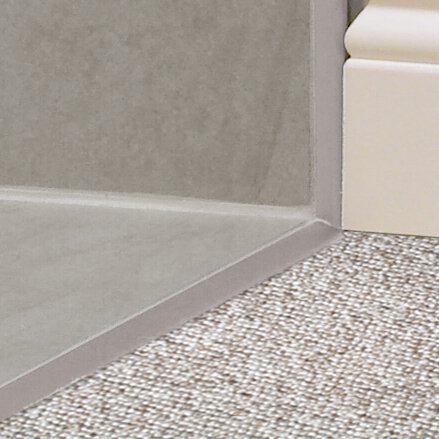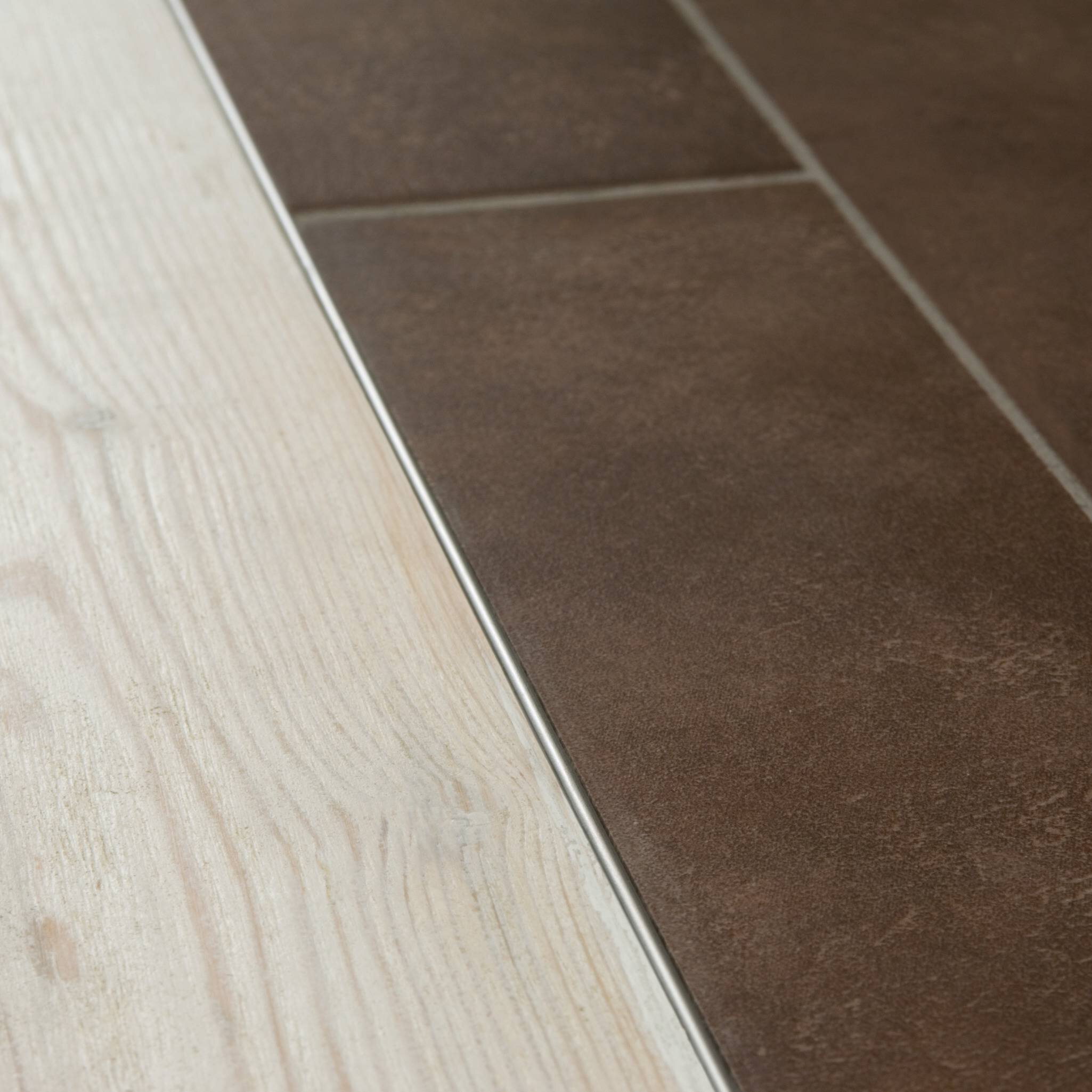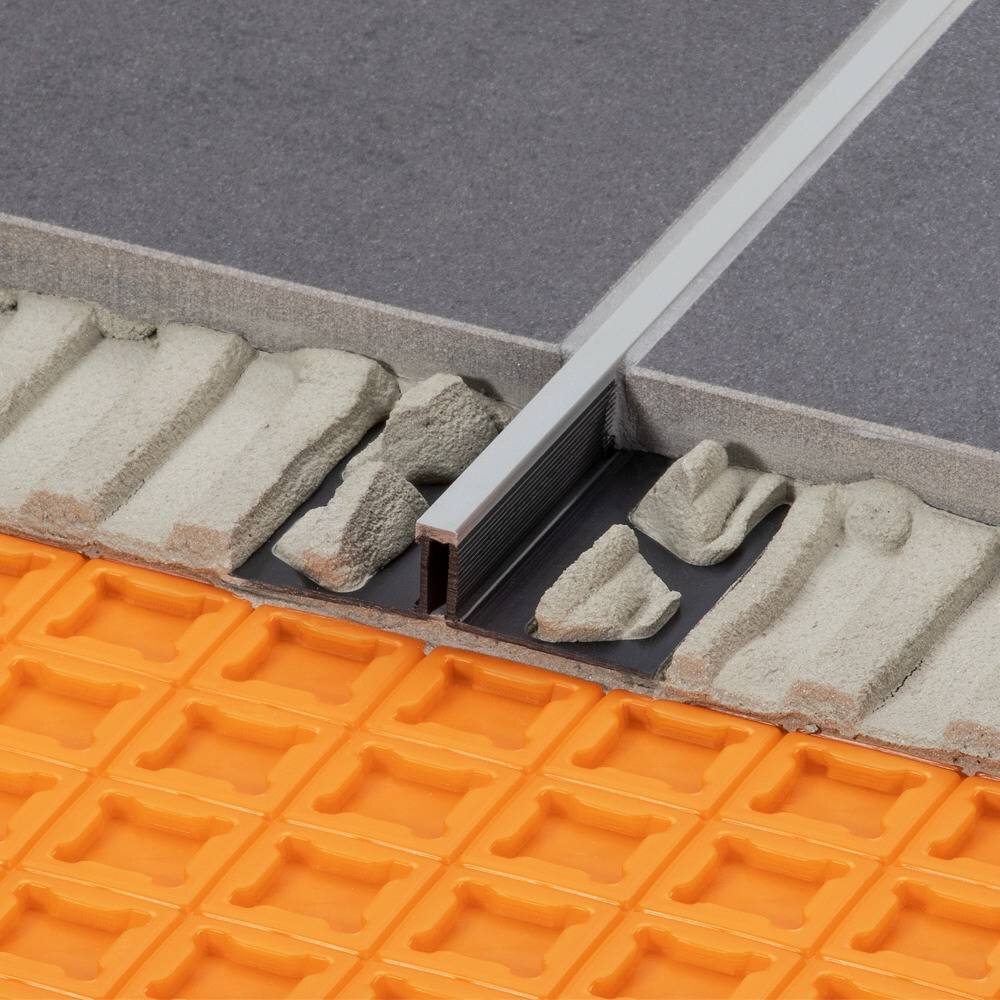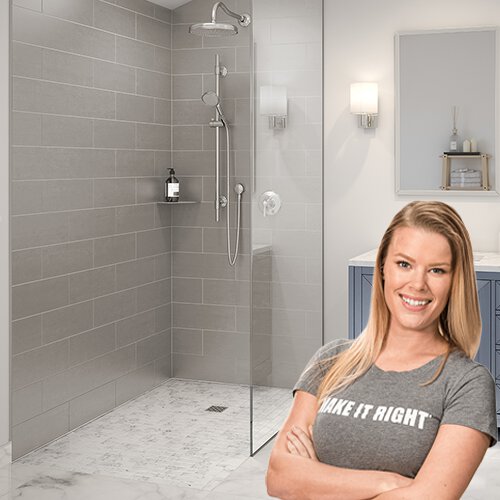Search Results for
Cables
Schluter®-DITRA-HEAT-E-HK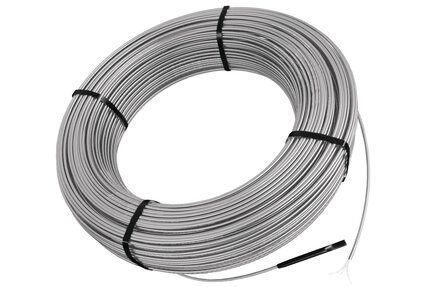 Schluter®-DITRA-HEAT-E-HK
Schluter®-DITRA-HEAT-E-HK
Cables
Schluter®-DITRA-HEAT-E-HKUncoupling (DITRA)
Schluter®-DITRA-HEAT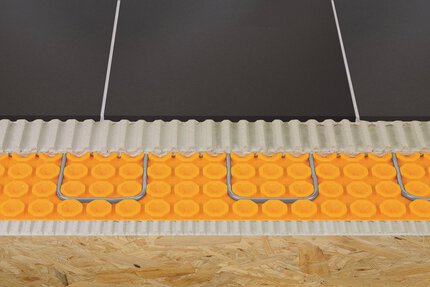 Schluter®-DITRA-HEAT
Schluter®-DITRA-HEAT
Uncoupling (DITRA)
Schluter®-DITRA-HEATDrains / Floor Drains
Schluter®-KERDI-DRAIN-F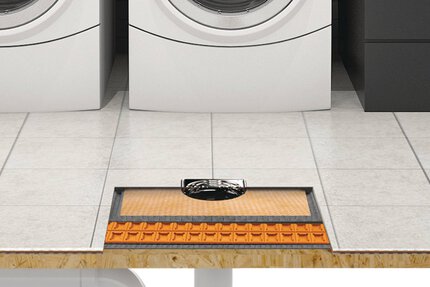 Schluter®-KERDI-DRAIN-F
Schluter®-KERDI-DRAIN-F
Drains / Floor Drains
Schluter®-KERDI-DRAIN-FUncoupling (DITRA)
Schluter®-DITRA-HEAT-PS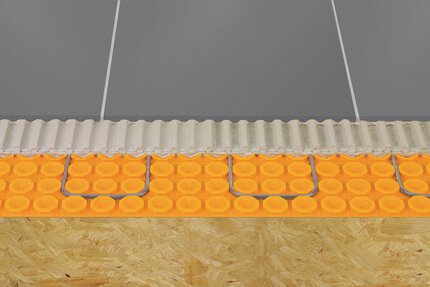 Schluter®-DITRA-HEAT-PS
Schluter®-DITRA-HEAT-PS
Uncoupling (DITRA)
Schluter®-DITRA-HEAT-PSCables
Schluter®-DITRA-HEAT-E-HK-RK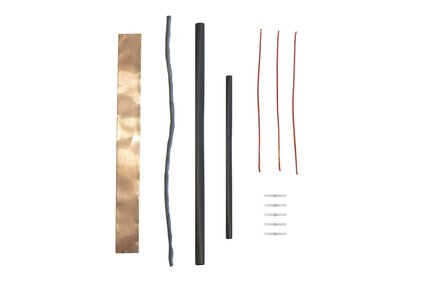 Schluter®-DITRA-HEAT-E-HK-RK
Schluter®-DITRA-HEAT-E-HK-RK
Cables
Schluter®-DITRA-HEAT-E-HK-RKCables
Schluter®-DITRA-HEAT-E-HK-SK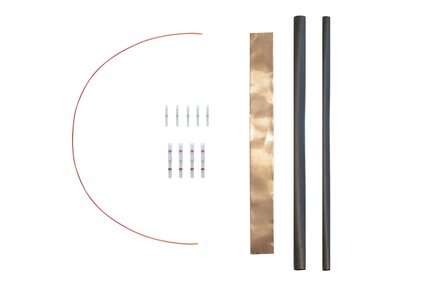 Schluter®-DITRA-HEAT-E-HK-SK
Schluter®-DITRA-HEAT-E-HK-SK
Cables
Schluter®-DITRA-HEAT-E-HK-SKThermostats
Schluter®-DITRA-HEAT-E-RS1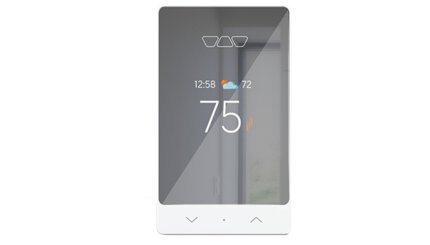 Schluter®-DITRA-HEAT-E-RS1
Schluter®-DITRA-HEAT-E-RS1
Thermostats
Schluter®-DITRA-HEAT-E-RS1Thermostats
Schluter®-DITRA-HEAT-E-RT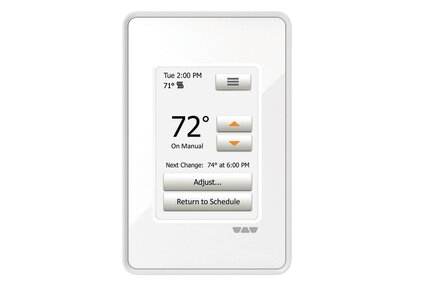 Schluter®-DITRA-HEAT-E-RT
Schluter®-DITRA-HEAT-E-RT
Thermostats
Schluter®-DITRA-HEAT-E-RTThermostats
Schluter®-DITRA-HEAT-E-R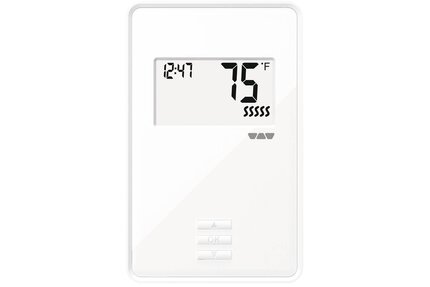 Schluter®-DITRA-HEAT-E-R
Schluter®-DITRA-HEAT-E-R
Thermostats
Schluter®-DITRA-HEAT-E-RThermostats
Schluter®-DITRA-HEAT-E-WiFi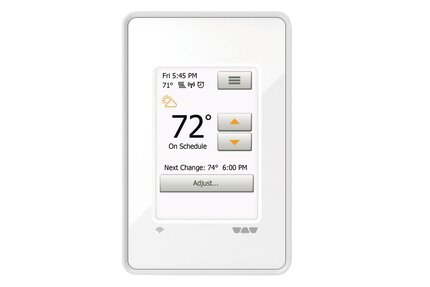 Schluter®-DITRA-HEAT-E-WiFi
Schluter®-DITRA-HEAT-E-WiFi
Thermostats
Schluter®-DITRA-HEAT-E-WiFiThermostats
Schluter®-DITRA-HEAT-E-RR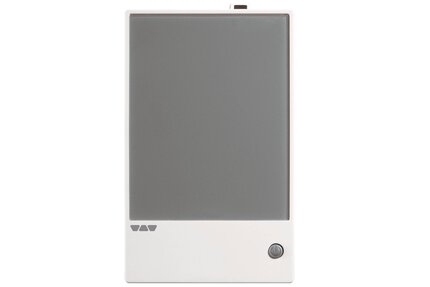 Schluter®-DITRA-HEAT-E-RR
Schluter®-DITRA-HEAT-E-RR
Thermostats
Schluter®-DITRA-HEAT-E-RR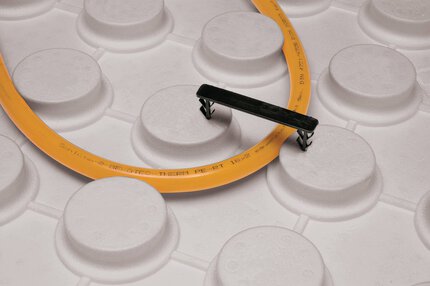 Schluter®-BEKOTEC-THERM-RH 75
Schluter®-BEKOTEC-THERM-RH 75
Schluter®-BEKOTEC-THERM-RH 75
Schluter®-BEKOTEC-THERM-RH 75
Three Reasons Your Tile Floor is Cracking
When it comes to flooring options, tile floors are popular for their durability, aesthetic appeal, and ease of maintenance. However, when tile floors are not properly installed, they can develop cracks over time.
What should the consistency of the mortar be to set Schluter® membranes (e.g., KERDI, DITRA, DITRA-HEAT) compared to the consistency of the mortar for setting tile?
For membrane installation, the mortar should be mixed to a fairly fluid consistency, but still be able to hold a...
Read more